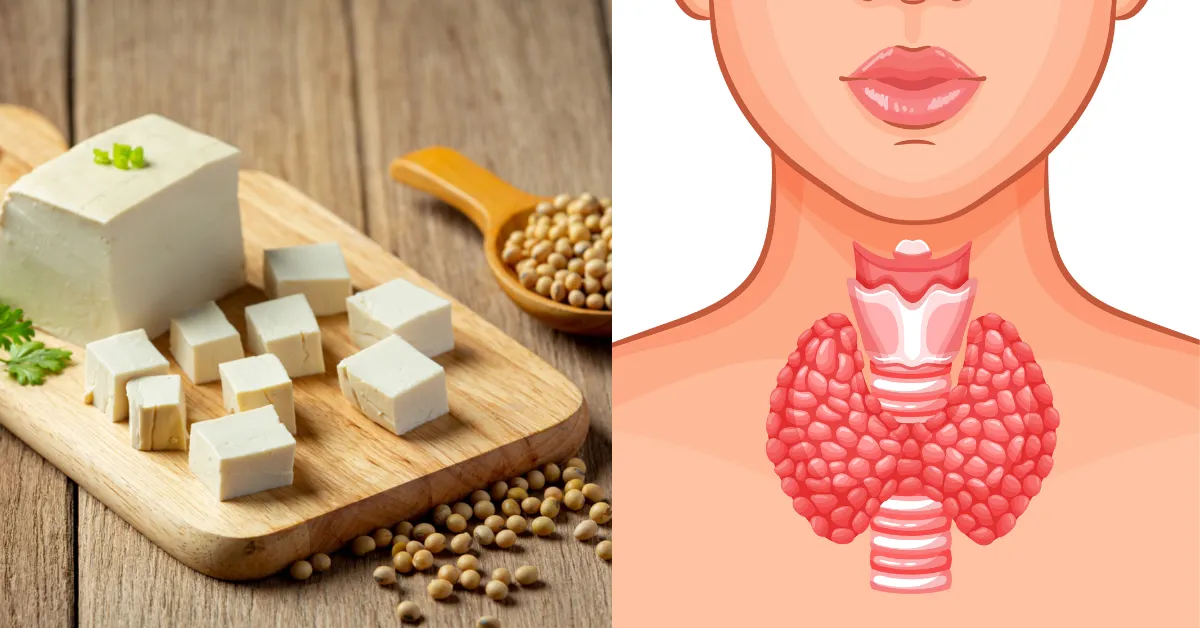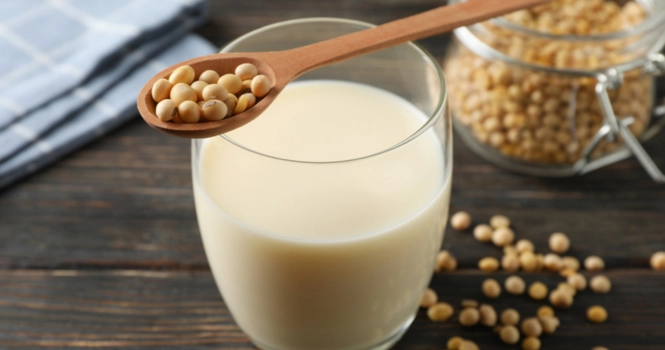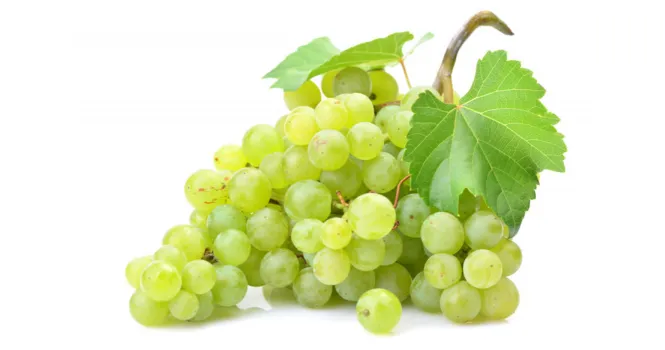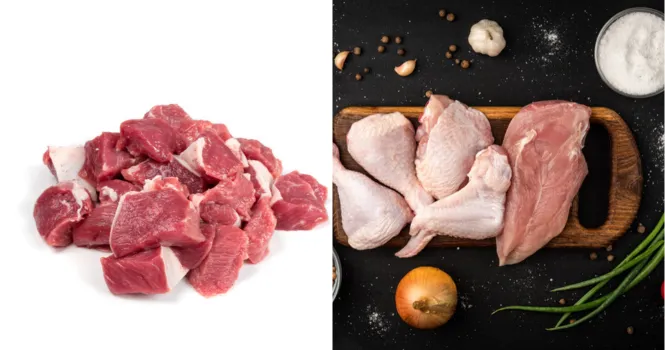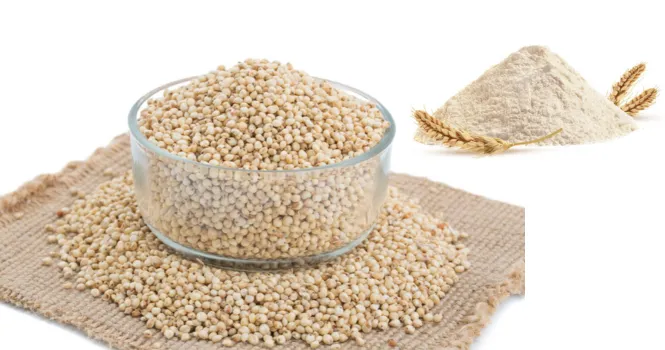Shrimp vs Prawn: Distinguishing the Seafood Giants
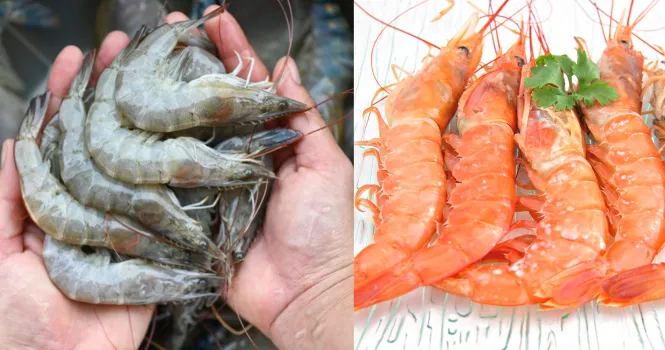
Shrimps and prawns are both aquatic crustaceans that resemble each other and are often used interchangeably in culinary contexts, but they belong to different suborders and have distinct physical and biological characteristics.
Shrimps
- Shrimps belong to the suborder Pleocyemata.
- They are typically smaller than prawns.
- Shrimps have a distinct bend in their body structure, which is due to the second segment of their shell overlapping the first and third segments.
- They are found in both saltwater and freshwater environments.
- Shrimps have a pair of long antennae and slender legs.
- In terms of culinary usage, shrimps are popular in a variety of dishes worldwide, known for their sweet, delicate flavor.
Prawns
- Prawns are part of the suborder Dendrobranchiata.
- They are generally larger than shrimps.
- Prawns have a straighter body structure, with each segment of their shell overlapping the one directly behind it in a scale-like manner.
- They are primarily found in fresh and slightly brackish waters.
- Prawns possess longer legs compared to shrimps and have claws on three pairs of their legs.
- In culinary terms, prawns are often considered to have a slightly sweeter and more robust flavor than shrimps, and they are used in various dishes across different cuisines.
Despite these differences, the terms “shrimp” and “prawn” are used interchangeably in many regions, with the choice of term often depending on local tradition and language rather than the specific species being referred to.
Types of prawns and shrimp
Shrimps and prawns encompass a wide variety of species across different environments, each with unique characteristics. Here are some common types:
Types of Shrimps
1. Pink Shrimp(Farfantepenaeus duorarum):
- Often found in the Atlantic and Pacific Oceans.
- Known for their light pink color when raw, which turns white after cooking.
- Popular for their sweet taste.
2. Brown Shrimp (Farfantepenaeus aztecus):
- Common in the Gulf of Mexico and the Atlantic Ocean.
- Have a firmer texture and a more pronounced flavor, often with a slightly iodine-like taste.
3. White Shrimp (Litopenaeus setiferus):
- Abundant in the warm waters of the Pacific and Atlantic Oceans.
- Known for their mild flavor and firm texture, making them versatile for various dishes.
4. Tiger Shrimp (Penaeus monodon):
- Characterized by their distinctive dark stripes on the shell.
- Found in both wild and farmed varieties, they are larger and have a bold, sweet flavor.
5. Rock Shrimp (Sicyonia brevirostris):
- Resemble the taste and texture of lobster meat.
- Found in deep waters and have a hard shell, as suggested by their name.
Types of Prawns
1. King Prawns:
- Larger in size and often considered a delicacy.
- Have a rich flavor and a firm texture, making them popular in grilling and roasting.
2. Tiger Prawns:
- Known for their distinctive stripes on the shell.
- Offer a bold taste and are commonly used in Asian cuisines.
3. Banana Prawns:
- Named for their long, slender bodies and light color.
- Have a mild, sweet taste and are often used in dishes that require subtle-flavored seafood.
4. Giant River Prawns:
- Found in freshwater environments, particularly in South and Southeast Asia.
- Known for their large size and are highly valued in culinary uses, especially in curries and grilled dishes.
5. Indian White Prawns:
- Common in the Indo-Pacific region.
- Appreciated for their delicate flavor and firm texture, making them suitable for a variety of cooking methods.
Each type of shrimp and prawn offers a unique flavor and texture profile, contributing to their widespread use in cuisines around the world.
Table summarizing the key differences between shrimp and prawns
| Feature | Shrimp | Prawns |
| Classification | Belong to the suborder Pleocyemata. | Belong to the suborder Dendrobranchiata. |
| Body Shape | Have a distinct bend in their body, making them appear more curved. | Have a straighter body structure with segments that overlap like roof tiles. |
| Size | Generally smaller than prawns. | Typically larger than shrimp. |
| Habitat | Found in both saltwater and freshwater, with many species living on the sea floor. | Primarily found in fresh and slightly brackish waters, often in rivers and lakes. |
| Legs | Equipped with one pair of claws or pincers. | Have claws on three pairs of their legs. |
| Gills | Have lamellar (plate-like) gills. | Have branching gills. |
| Culinary Use | Often used in a variety of dishes, including salads, pastas, and as a protein in many cultural dishes. | Frequently used in larger, feature dishes where their size and sweetness can be showcased, such as in grills and curries. |
| Taste and Texture | Can vary by species but generally have a sweet, delicate flavor and a tender texture. | Often considered to have a slightly sweeter and more robust flavor than shrimp, with a firmer texture. |
While these differences are scientifically accurate, it’s worth noting again that in culinary contexts, the terms “shrimp” and “prawn” are often used interchangeably based on regional preferences rather than biological distinctions.
Given that shrimps and prawns are at the lower end of the food chain and may be exposed to parasites, then
What measures ensure they are safe for consumption?
Shrimps and prawns, despite being at the lower end of the food chain and potentially exposed to parasites and other pathogens, are widely consumed worldwide and are generally safe to eat when proper safety measures are followed.
Here are key measures to ensure their safety for consumption:
1. Proper Sourcing: Purchasing shrimps and prawns from reputable sources that follow responsible farming and wild-catch practices can significantly reduce the risk of contamination.
2. Inspection and Regulation: Regulatory bodies in many countries inspect and monitor seafood, including shrimps and prawns, for safety and quality, setting standards that producers must meet.
3. Thorough Cleaning: Before cooking, shrimps and prawns should be thoroughly cleaned. This includes deveining, which involves removing the intestinal tract where parasites are most likely to be found.
4. Adequate Cooking: Cooking shrimps and prawns to the right temperature (145°F or 63°C) is crucial for killing parasites and pathogens. Proper cooking results in the flesh becoming opaque and pearly.
5. Freezing: Freezing at -4°F (-20°C) for 7 days or at -31°F (-35°C) for 15 hours can kill parasites. Many commercial products are frozen before they reach the consumer, reducing the risk of parasitic infections.
6. Avoiding Raw Consumption: While dishes like sushi and ceviche are popular, consuming raw or undercooked shrimps and prawns increases the risk of parasitic infections. It’s advisable to eat them fully cooked, especially for people with compromised immune systems.
By adhering to these safety measures, the risk associated with consuming shrimps and prawns can be minimized, making them a safe and nutritious addition to the diet.
If you’re exploring lean seafood options rich in omega‑3 and protein, don’t miss our deep dive on Bombay duck and its health benefits.
Frequently Asked Questions
how to differentiate sea prawns and farm prawn?
Sea prawns are caught in their natural marine habitat and tend to have a more varied diet, resulting in a potentially richer flavor. Farm prawns are raised in controlled aquaculture environments, which can affect their size, taste, and texture. Look for labeling and ask your seafood supplier about the source to differentiate.
are prawns more expensive than shrimp?
The price of prawns vs. shrimp can vary based on size, species, locality, and availability. Generally, larger species such as king prawns may be more expensive than smaller shrimp varieties due to their size and perceived value.
what’s the difference between shrimp and king prawn?
King prawns are larger and often have a sweeter, more robust flavor compared to shrimp. They belong to different species, with king prawns typically found in warmer waters. The term “king prawn” is often used to denote larger prawn varieties in culinary contexts.
Is shrimp and prawns the same?
While shrimp and prawns have similar appearances and are often used interchangeably in culinary contexts, they are not the same. They belong to different suborders within the crustacean family, with distinct physical differences such as body shape and gill structure.
Do prawns and shrimp taste different?
The taste difference between prawns vs shrimp can be subtle and is influenced by their habitat, diet, and species. Prawns often have a slightly sweeter and more pronounced flavor, while shrimp tend to have a milder taste
Is a prawn a shrimp or a lobster?
A prawn is neither a shrimp nor a lobster but is closely related to both. Prawns and shrimp are part of the decapod crustaceans and share similarities with lobsters in terms of their overall structure and habitat, but they are distinct species with different characteristics.



